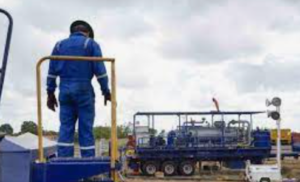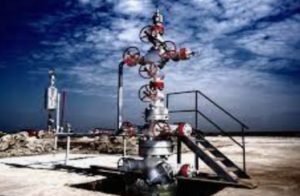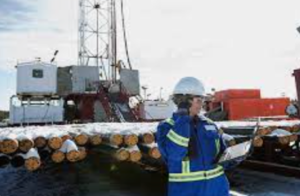July 7, 2025
As the U.S. energy sector grapples with shifting market dynamics, the latest Baker Hughes rig count highlights a continued decline in drilling activity nationwide. With the total active rig count falling to 539—down 8 from the previous week and 46 below year-ago levels—states like Oklahoma are beginning to mirror the broader contraction. This trend reflects a cautious industry response to sustained price volatility, investor pressure, and a strategic pivot toward natural gas. In this report, we break down the latest rig count data, state-level trends, and the implications for drilling, production, and the energy services sector.

Here’s a structured summary and analysis of the latest U.S. rig activity based on the Baker Hughes data and broader market context:
📉 U.S. Rig Count Summary (Latest Baker Hughes Report)
| Category | Current Count | Change (W/W) | Change (Y/Y) |
|---|---|---|---|
| Total U.S. Rigs | 539 | ▼ 8 | ▼ 46 |
| └ Oil Rigs | 425 | ▼ 7 | ▼ 54 |
| └ Gas Rigs | 108 | ▼ 1 | ▲ 7 |
| └ Misc Rigs | 6 | No change | ▲ 1 |
| └ Offshore Rigs | 13 | ▲ 1 | — |
🛢️ State-Level Highlights
| State | Current | Change (W/W) | Note |
|---|---|---|---|
| Oklahoma | 43 | ▼ 3 | ▲ 9 YoY (from 34) |
| Texas | 256 | ▼ 2 | |
| New Mexico | 90 | ▼ 2 | |
| North Dakota | 29 | No change | |
| Louisiana | 31 | No change | |
| Kansas | 12 | No change | (Red Top Rig Report) |
| Colorado | 8 | No change | |
| Alaska | 10 | No change | |
| California | 6 | No change | |
| Ohio | 11 | No change | |
| Pennsylvania | 17 | ▼ 1 | |
| Utah | 9 | No change | |
| West Virginia | 7 | No change |
🔍 Key Insights & Market Impact
- Rig Count as a Signal:
- The 425 active oil rigs is the lowest since October 2021, indicating a meaningful pullback.
- The rig count is down 44% from its 2022 peak of 780, reflecting both post-pandemic normalization and broader market hesitancy.
- Strategic Shift Toward Gas:
- Natural gas rigs are up 7 YoY, showing resilience.
- Producers may be pivoting to gas due to:
- Stronger gas prices.
- LNG export growth potential.
- Lower breakeven and emissions compared to oil.
- Implications for Energy Services & Markets:
- Service companies (fracking, equipment, logistics) will feel pressure as rig activity slows.
- Investors may interpret the trend as bearish unless offset by rising productivity per rig or a price rebound.
- Geopolitical risks and regulatory overhangs (especially in key basins) are making capital allocation more conservative.
Oil & Gas Marketing List

















